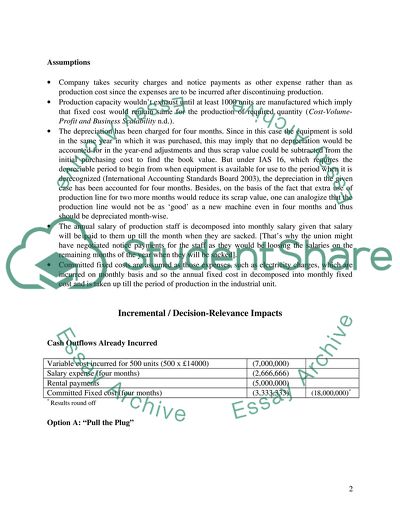Cite this document
(Managerial Accounting Impact Case Study Example | Topics and Well Written Essays - 2000 words - 1, n.d.)
Managerial Accounting Impact Case Study Example | Topics and Well Written Essays - 2000 words - 1. Retrieved from https://studentshare.org/finance-accounting/1575263-managerial-accounting-and-finance
Managerial Accounting Impact Case Study Example | Topics and Well Written Essays - 2000 words - 1. Retrieved from https://studentshare.org/finance-accounting/1575263-managerial-accounting-and-finance
(Managerial Accounting Impact Case Study Example | Topics and Well Written Essays - 2000 Words - 1)
Managerial Accounting Impact Case Study Example | Topics and Well Written Essays - 2000 Words - 1. https://studentshare.org/finance-accounting/1575263-managerial-accounting-and-finance.
Managerial Accounting Impact Case Study Example | Topics and Well Written Essays - 2000 Words - 1. https://studentshare.org/finance-accounting/1575263-managerial-accounting-and-finance.
“Managerial Accounting Impact Case Study Example | Topics and Well Written Essays - 2000 Words - 1”. https://studentshare.org/finance-accounting/1575263-managerial-accounting-and-finance.


